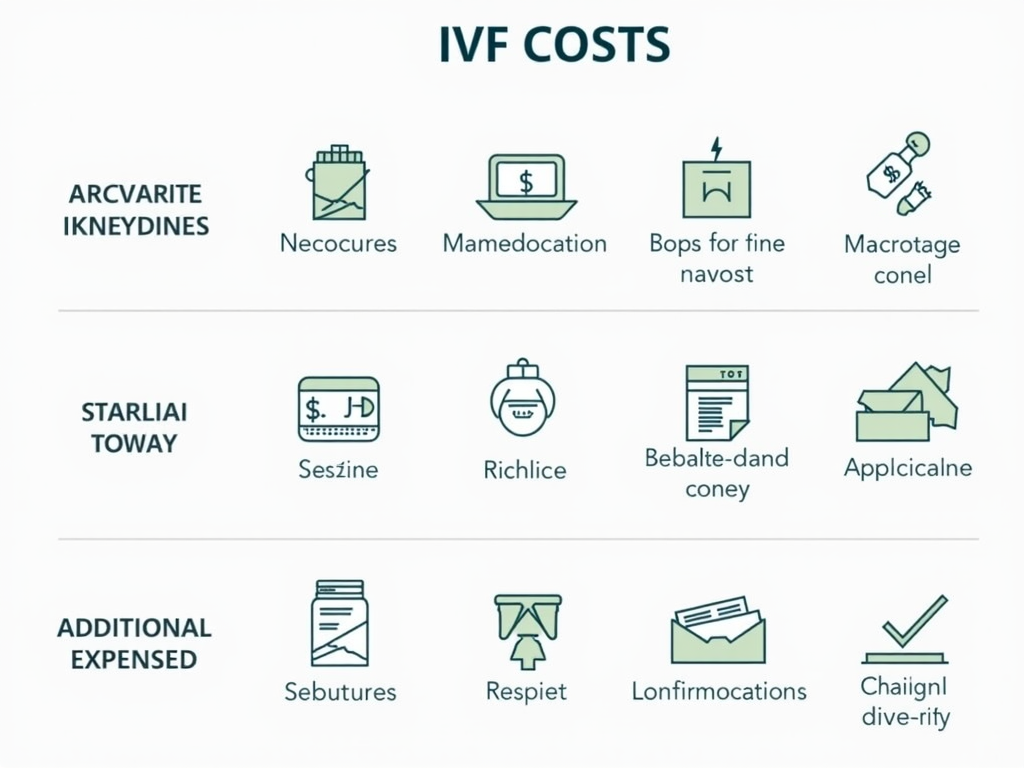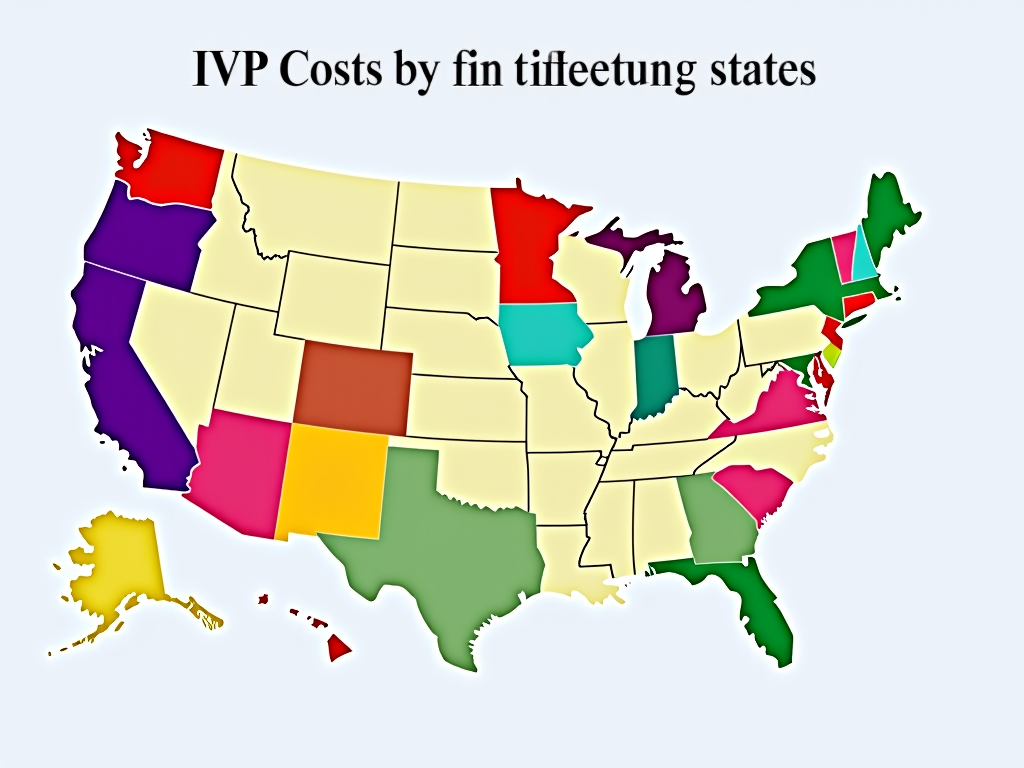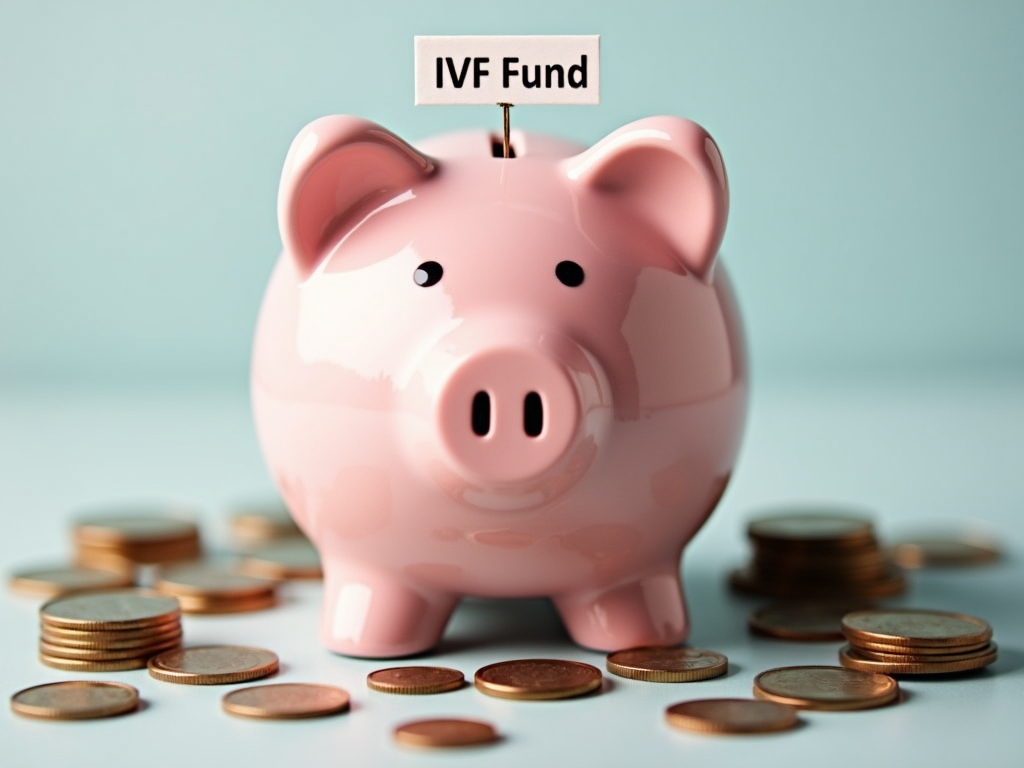Budgeting for IVF: Costs and Coverage
April 17, 2025, 7:26 a.m.
Overview/Summary
In vitro fertilization (IVF) offers hope to many dreaming of parenthood, but the costs can feel overwhelming. Planning ahead is key. This article dives into IVF expenses, success rates, insurance options, and budgeting tips to help you navigate this journey with confidence.

What is IVF?
IVF, short for In Vitro Fertilization, is a process where eggs and sperm meet in a lab, not the body. After fertilization, embryos are placed in the uterus to grow. It’s a common solution for infertility, used by couples, singles, or same-sex partners. Knowing what IVF involves helps you prepare for its costs.

How Much Does IVF Cost?
A single IVF cycle in the U.S. typically costs $12,000 to $15,000, but that’s just the start. Medications can add $3,000 to $5,000 more. Costs break down like this: - Medications: Hormones to boost egg production. - Procedures: Egg retrieval and embryo transfer. - Extras: Testing or freezing embryos. These numbers come from the American Society for Reproductive Medicine, a trusted source on fertility.

What Affects IVF Costs?
Not every IVF journey costs the same. Here’s what can change the price: - Where You Live: Costs differ by state or country. - Clinic Quality: Top clinics may charge more. - Your Health: Age or fertility challenges can mean extra steps. For example, older patients might need more cycles, raising the total.

IVF Success Rates and Costs
Success matters when budgeting. The CDC reports a 40% success rate for women under 35 per cycle. Older age drops that number. Clinics with high IVF Success Rates often cost more, but a cheaper option might mean more tries. It’s a balance worth thinking about.

Natural Cycle IVF: A Cheaper Option?
Traditional IVF Explained: Costs and Success Rates often involves lots of drugs. Natural Cycle IVF skips most of those, cutting costs. But success rates of natural cycle IVF are lower—sometimes under 20%. It’s a trade-off: lower price, less certainty.

Does Insurance Cover IVF?
Coverage depends on where you live and your plan. Some states, like Massachusetts, require IVF coverage. Others don’t. Check your insurance for terms like “fertility treatments.” If it’s not covered, ask your employer or insurer—they might adjust. The Resolve organization has great advice on this.

Tips for Budgeting for IVF
Planning makes IVF possible. Try these: - Save Now: Put money aside monthly. - Finance It: Clinics often have payment plans. - Get Help: Look for grants like those from Baby Quest Foundation. I’ve seen friends save for years—it’s tough but doable.

Summary
Budgeting for IVF: Costs and Coverage takes effort, but it’s worth it. Know the costs—around $15,000 per cycle—factor in success rates, and explore insurance. With smart planning, you can handle this big step toward parenthood.